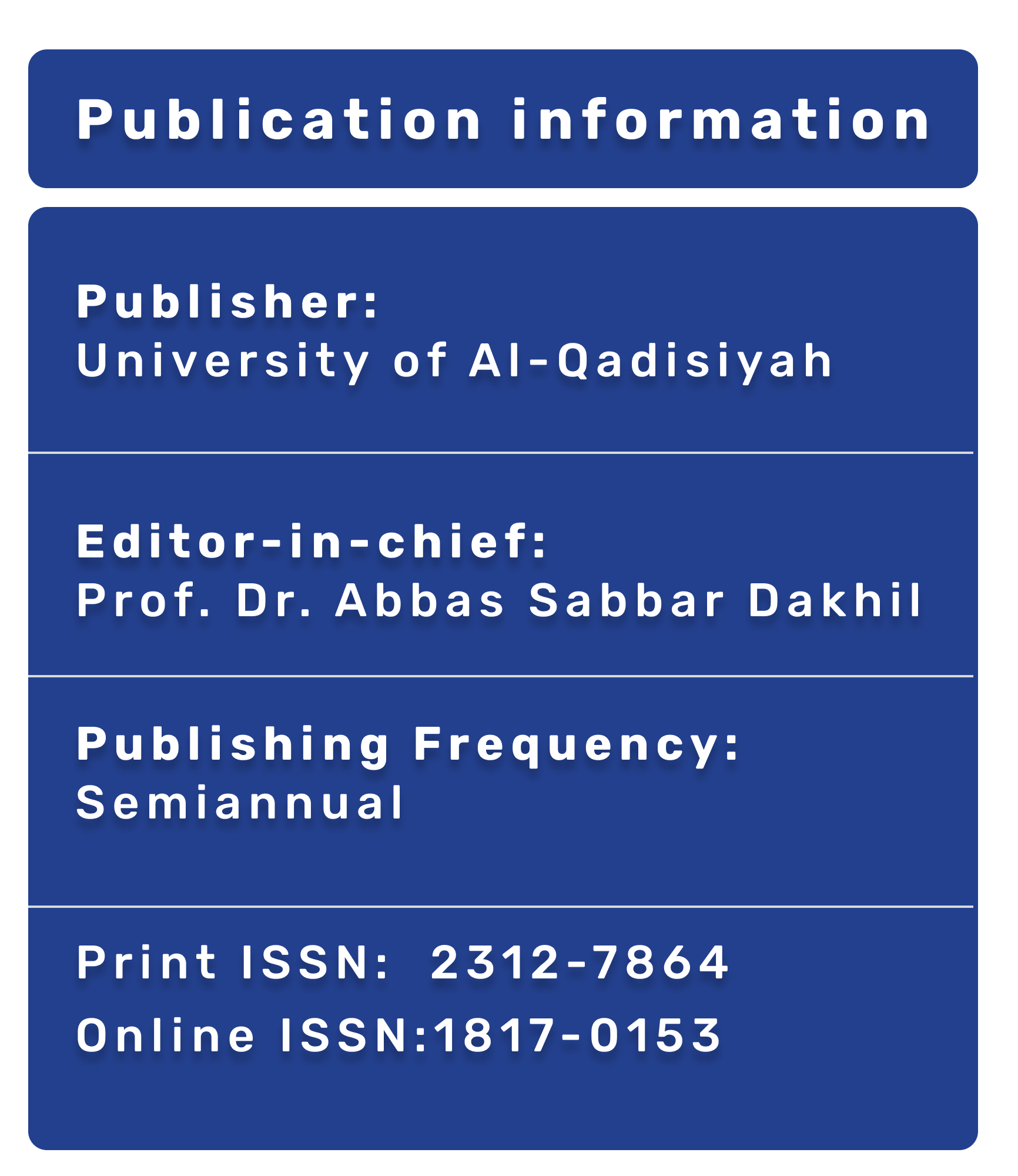The incidence of some virulence factors among thebacterial isolates from the patients with prostatitis and their relation with antibiotic susceptibility
DOI:
https://doi.org/10.28922/qmj.2014.10.17.176-186Abstract
Background:Inflammation is observed in theprostate tissue from patients with prostatitis and the bacteria may involving due to their ability to produce virulence factors. Recent studies have suggested that the decrease in the pathogenicity of Escherichia coli is due to acquisitionof resistance to some antibiotics. This study was performed to investigate three virulence factors includingcytotoxic necrotizing factor-1(cnf-1),uropathogenic specific protein (usp) and group II capsule(kpsMTII) in bacterial isolates from the patients with prostatitis and determine their antibiotics susceptibility patterns Methods:The drug sensitivity of (11) bacterial isolates including (10)E. coli isolates and (1) Enterobacteraerogenes isolate from patients with prostatitiswere evaluated by using a disc diffusion method. The prevalence ofvirulence genes (cnf-1, uspandkpsMTII ) was determined by PCR.Results:The isolates were highly sensitive to amikacin (81.81%).But the isolates showed a high resistant to other antibiotics , ampicillin (100%), Cotrimoxazole (100%) , Azithromycin (81.81%) , Cefotaxime (81.81%) , Ciprofloxacin (72.72%) and Gentamicin (63.63%) . PCR showed that kpsMTII (72.72%) was more prevalent than usp(18.18%) and the cnf-1 was not detected in all isolates .
Conclusion: We propose that the isolates from patients with prostatitis were low virulent in combination with high resistance to many antibiotics.








